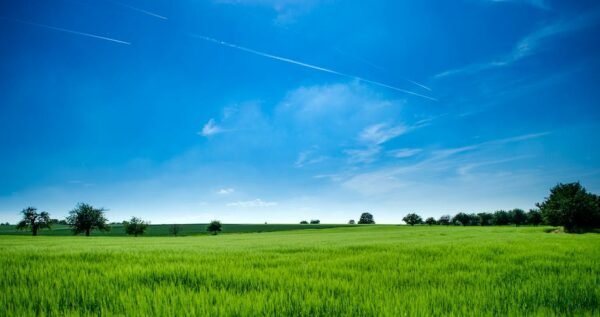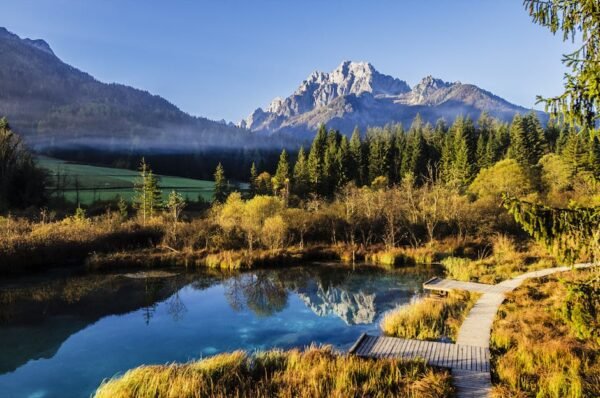Contents [hide]
Slovenia, officially the Republic of Slovenia, is a country in Central Europe. It is bordered by Italy to the west, Austria to the north, Hungary to the northeast, Croatia to the southeast, and Montenegro to the southwest. Slovenia has a population of over 2 million and Ljubljana is its capital and largest city.
Slovenia is a country in Central Europe.
What country is Slovenia now?
Slovenes are a South Slavic people who first settled the area in the 6th century. In 1918, they formed Yugoslavia along with Serbs and Croats, while a minority came under Italy. The state of Slovenia was created in 1945 as part of federal Yugoslavia. Slovenia gained its independence from Yugoslavia in June 1991, and is today a member of the European Union and NATO.
It is true that the level of spoken English is very high when compared to most European countries. I have found that most people I come into contact with as a tourist, especially younger ones, speak English. This is a great advantage for travelers and makes communication much easier.
What language does Slovenia speak
Slovenian is the official language of the Republic of Slovenia. It is also the mother tongue of around 24 million people, of whom around 185 million live in Slovenia.
The Slovenes are a South Slavic ethnic group native to Slovenia, and adjacent regions in Italy, Austria and Hungary. Slovenes share a common ancestry, culture, history and speak Slovene as their native language.
Is Slovenia similar to Russian?
Slovenian is most closely related to modern Bulgarian, Serbo-Croatian, and Macedonian. It is also closely related to East Slavic languages like Ukrainian, Belarusian, and Russian, and to West Slavic languages like Sorbian, Polish, Slovak, and Czech.
Aleluja is a soup made from turnip peels and is a well-known dish during fasting. The most common meat soup is beef soup with noodles, which is often served on Sunday as part of a Sunday lunch (beef soup, fried potatoes, fried steak and lettuce).
Is Slovenian friendly?
The Slovenians are a hospitable and friendly people, and they want to make their guests feel like kings. Locals in Slovenia will be happy to introduce visitors to their traditional food, culture, monuments, and natural wonders. Enjoying good food is something they love almost as much as meeting in cafes.
There are currently no COVID-19 restrictions for entry into Slovenia. However, we advise that you take normal safety precautions while in the country. This includes avoiding large crowds, washing your hands often, and avoiding close contact with people who are sick.
Is Slovenia friends with Russia
Slovenian President Pahor and Russian President Putin have declare Slovenia–Russia Friendship Day on 31 July 2021 in order to commemorate the bonds between the two countries. This is despite the fact that, since the Euromaidan began in 2013 and later extended into the Russo-Ukrainian War, Slovenia has sided with Ukraine over territorial integrity.
Slovenia is a Central European country that is known for its mountainous terrain. It is bordered by Austria, Croatia, Hungary, and Italy. The capital of Slovenia is Ljubljana. The official language of Slovenia is Slovenian. The currency of Slovenia is the Euro (EUR).
As of 2021, the GDP of Slovenia was $52.4 billion. The GDP per capita was $27,Queue Setup64. The GDP growth rate was 1.4%. The inflation rate in Slovenia was 192%. The unemployment rate was 5.2%.
Slovenia is therefore currently ranked 84th of the major economies. If this is calculated per inhabitant, taking purchasing power parity into account, then Slovenia ranks 34th in the list of the richest countries.
Is it expensive to go to Slovenia?
If you’re looking to save money while traveling to Europe, Slovenia is a great option. Even though it’s not as cheap as some other countries, it’s still relatively affordable. Plus, there are plenty of free outdoor activities to enjoy.
Slovenia is truly a gem in Europe, offering picturesque landscapes, serene lakes and stunning scenery. It’s the perfect place for those who love nature and adventure, and is home to some of the most beautiful lakes in the world and some of the best ski resorts in Europe. If you’re looking for a breathtaking destination to explore, add Slovenia to your list!
Can a US citizen move to Slovenia
If you are moving to Slovenia, we strongly urge you to register with the Embassy via the Smart Traveler program, so that you will receive email updates on health and safety issues affecting American citizens in Slovenia, along with other issues of interest such as voting in US elections.
To retire in Slovenia, you will need to obtain a temporary residence permit. US citizens can get a one-year temporary residence permit to Slovenia before leaving home. You will need to provide proof of income, health insurance, and a criminal background check. You may also need to meet other requirements, such as learning the Slovenian language.
Is Slovenia Spanish speaking?
Slovenia is a landlocked country in Central Europe. The official and national language of Slovenia is Slovene, which is spoken by a large majority of the population. It is also known, in English, as Slovenian. Two minority languages, namely Hungarian and Italian, are recognised as co-official languages and accordingly protected in their residential municipalities.
The United States has enjoyed strong, cooperative relations with Slovenia since it became an independent nation in 1992. The two countries work together on a number of fronts, including bilateral, regional, and global issues. The United States is proud to have Slovenia as a partner in promoting peace and security around the world.
Final Words
Slovenia is a country in Central Europe.
Slovenia is a TBD.


0 Comments